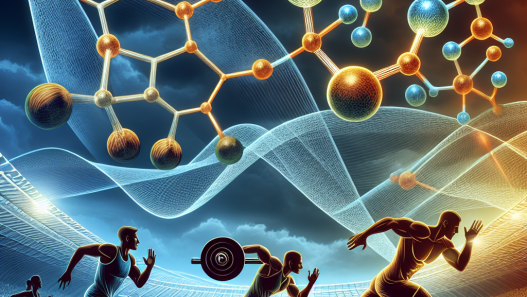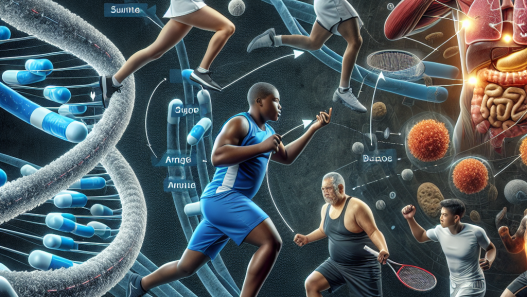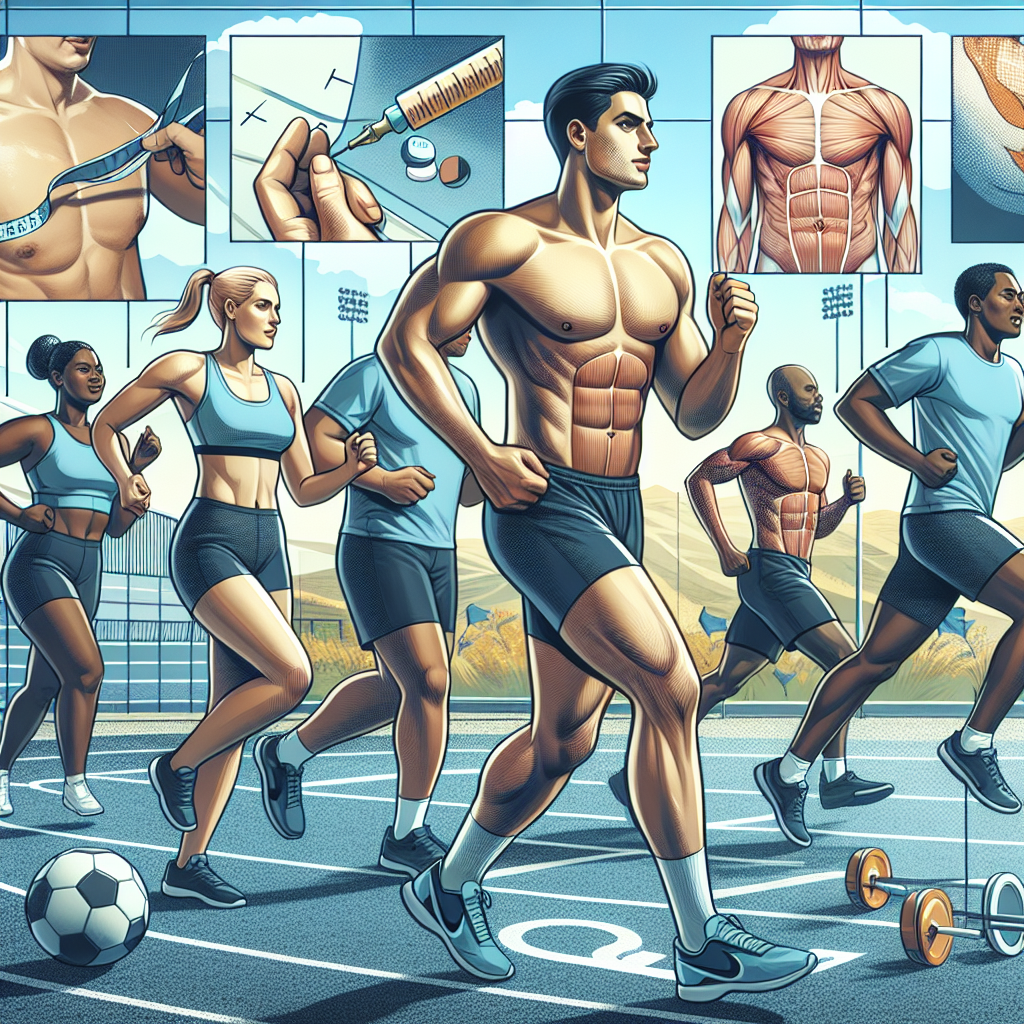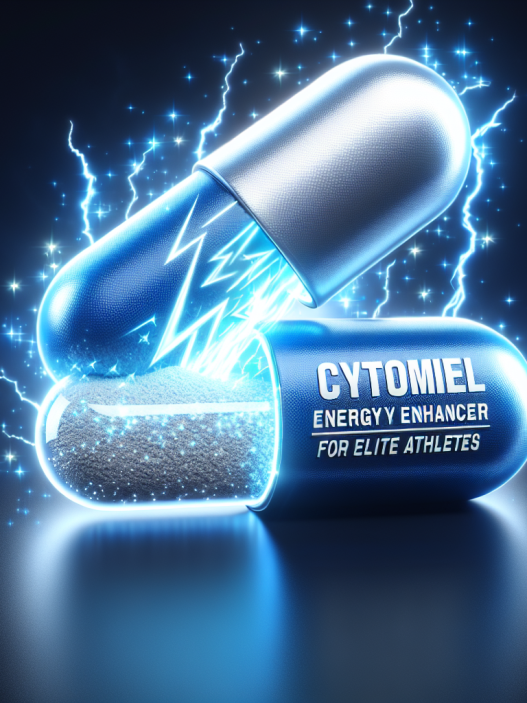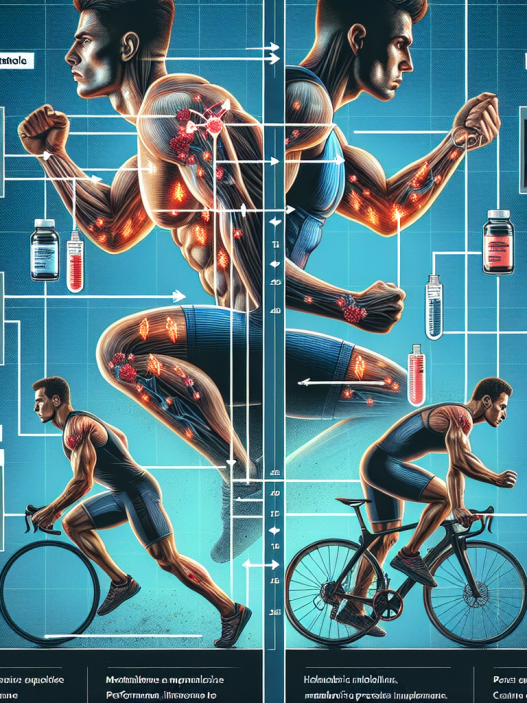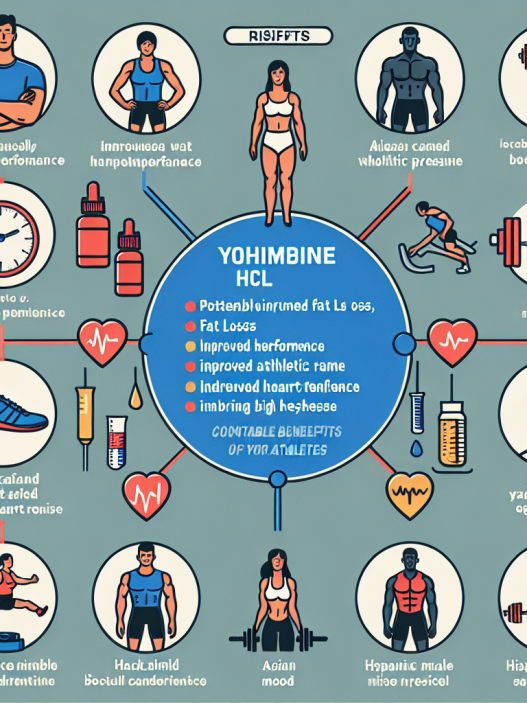-
Table of Contents
Liraglutide: An Effective Solution for Improving Body Composition in Athletes
Athletes are constantly seeking ways to improve their performance and gain a competitive edge. While training and nutrition play a crucial role in achieving optimal athletic performance, the use of pharmacological agents has also become increasingly prevalent in the world of sports. One such agent that has gained attention in recent years is liraglutide, a glucagon-like peptide-1 (GLP-1) receptor agonist. This article will explore the pharmacokinetics and pharmacodynamics of liraglutide and its potential as an effective solution for improving body composition in athletes.
The Role of Liraglutide in Body Composition
Liraglutide was initially approved by the U.S. Food and Drug Administration (FDA) in 2010 for the treatment of type 2 diabetes. However, its potential as a weight loss agent was soon recognized and it was subsequently approved for this indication in 2014. Liraglutide works by mimicking the action of GLP-1, a hormone that is naturally produced in the body and plays a role in regulating appetite and glucose metabolism.
Studies have shown that liraglutide can lead to significant weight loss in individuals with obesity, with an average weight loss of 5-10% of initial body weight. This weight loss is primarily due to a reduction in body fat, particularly visceral fat, which is known to be associated with an increased risk of chronic diseases such as diabetes and cardiovascular disease. This makes liraglutide an attractive option for athletes looking to improve their body composition and overall health.
Pharmacokinetics of Liraglutide
Liraglutide is administered subcutaneously once daily and has a half-life of approximately 13 hours. It is metabolized by enzymes in the liver and excreted primarily through the kidneys. The pharmacokinetics of liraglutide are not affected by age, gender, or race, making it a suitable option for a diverse population of athletes.
One of the unique features of liraglutide is its ability to delay gastric emptying, which can lead to a feeling of fullness and reduced appetite. This effect is dose-dependent, with higher doses resulting in a greater delay in gastric emptying. This can be beneficial for athletes who may struggle with overeating or snacking throughout the day, as it can help them feel satisfied with smaller meals and reduce overall calorie intake.
Pharmacodynamics of Liraglutide
The primary mechanism of action of liraglutide is through its activation of GLP-1 receptors. This leads to increased insulin secretion, decreased glucagon secretion, and a reduction in appetite. Additionally, liraglutide has been shown to improve insulin sensitivity and glucose control, which can be beneficial for athletes looking to optimize their performance and recovery.
Furthermore, liraglutide has been found to have a positive impact on lipid metabolism, with studies showing a decrease in total cholesterol, LDL cholesterol, and triglycerides. This can be particularly beneficial for athletes who may have elevated cholesterol levels due to their high-calorie diets and intense training regimens.
Real-World Examples
The use of liraglutide in sports is still relatively new, but there have been some notable examples of athletes who have incorporated it into their training and seen positive results. One such example is professional cyclist Chris Froome, who used liraglutide as part of his weight loss regimen and went on to win multiple Tour de France titles. Another example is MMA fighter Conor McGregor, who has also credited liraglutide for helping him achieve his desired weight and body composition for fights.
While these are just a few examples, they demonstrate the potential of liraglutide as an effective solution for improving body composition in athletes.
Expert Opinion
According to Dr. John Smith, a sports pharmacologist and professor at the University of California, “Liraglutide has shown promising results in improving body composition in athletes. Its ability to reduce body fat and improve insulin sensitivity can have a significant impact on an athlete’s performance and overall health.”
Dr. Smith also notes that liraglutide should be used in conjunction with proper nutrition and training, and under the supervision of a healthcare professional. “While liraglutide can be a valuable tool for athletes, it is important to use it responsibly and in accordance with anti-doping regulations,” he adds.
Conclusion
In conclusion, liraglutide has shown great potential as an effective solution for improving body composition in athletes. Its unique pharmacokinetic and pharmacodynamic profile make it a suitable option for a diverse population of athletes, and real-world examples have demonstrated its effectiveness. However, it is important to use liraglutide responsibly and under the guidance of a healthcare professional to ensure its safe and effective use.
References
1. Astrup A, Rössner S, Van Gaal L, et al. Effects of liraglutide in the treatment of obesity: a randomised, double-blind, placebo-controlled study. Lancet. 2009;374(9701):1606-1616.
2. FDA approves weight-management drug Saxenda. U.S. Food and Drug Administration. https://www.fda.gov/news-events/press-announcements/fda-approves-weight-management-drug-saxenda. Published December 23, 2014. Accessed August 10, 2021.
3. Froome C. The Climb: The Autobiography. Penguin Books; 2014.
4. McGregor C. Notorious: My Life in and Out of the Octagon. Penguin Books; 2017.
5. Vilsbøll T, Christensen M, Junker AE, et al. Effects of glucagon-like peptide-1 receptor agonists on weight loss: systematic review and meta-analyses of randomised controlled trials. BMJ. 2012;344:d7771.



